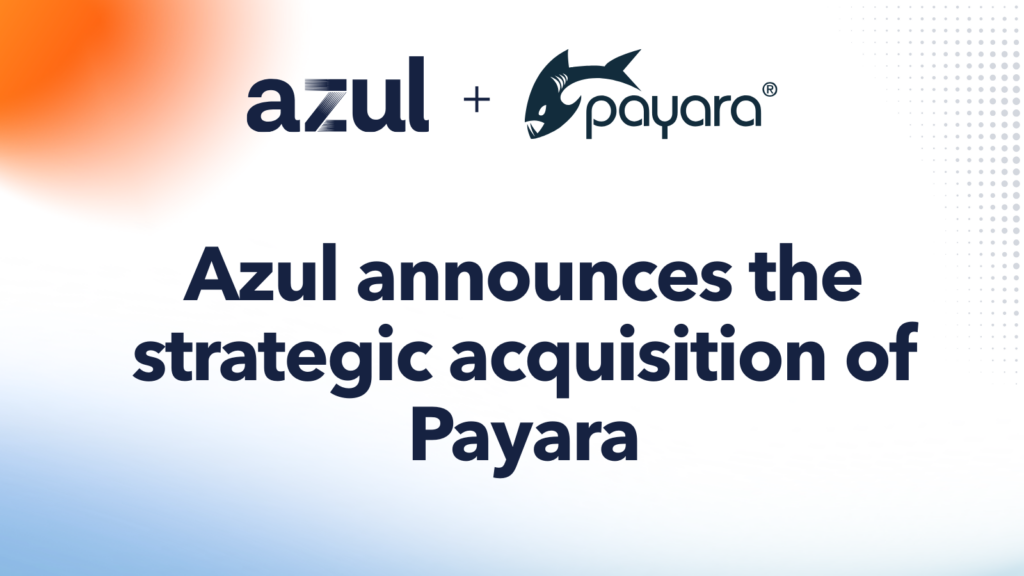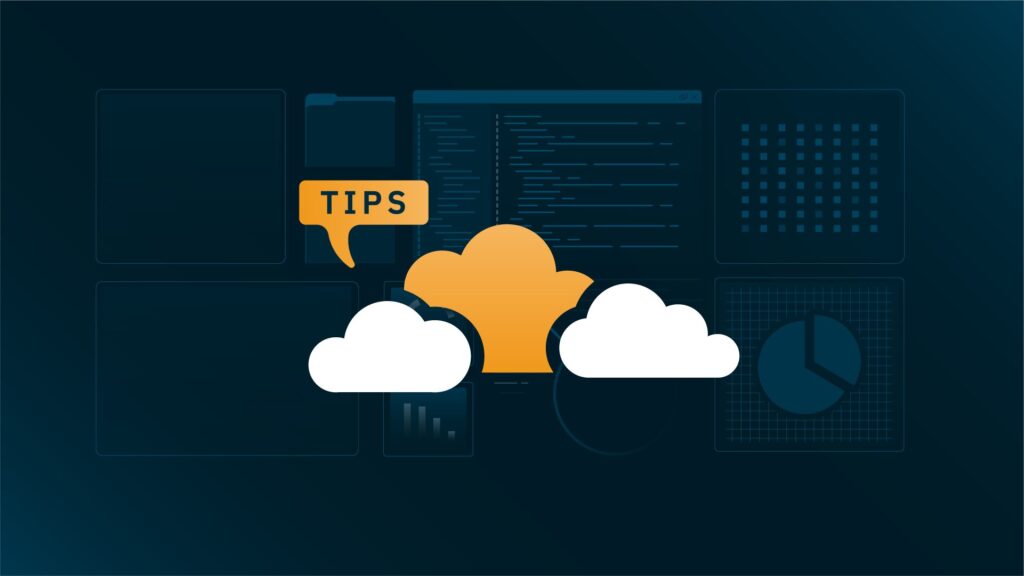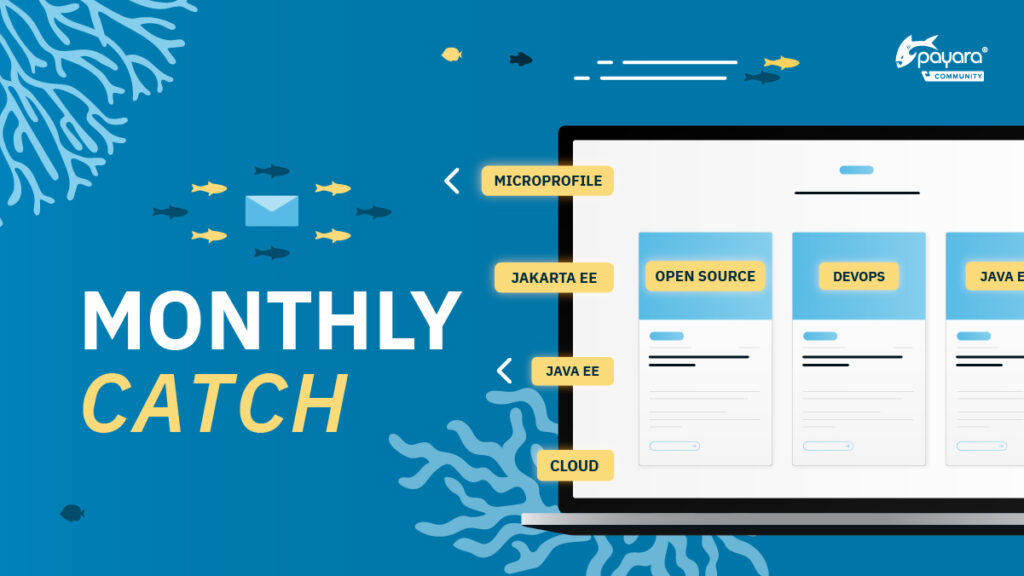Cloud computing has transformed how enterprises deploy and manage applications. A cloud server provides an on-demand, scalable infrastructure that enables businesses to launch services without heavy upfront investments in hardware. Whether used for hosting, data management, or large-scale application deployment, cloud servers are now integral to modern IT ecosystems. This is especially true for Java EE and Jakarta EE applications, where cloud-native environments based on cloud application servers deliver agility, resilience, and cost-efficiency.
In this blog, we look at what cloud application servers are, how they work, key benefits, use cases and real-world applications.
What Is a Cloud Server?
A cloud server is a virtual server running in a cloud computing environment, delivering processing power, storage, and memory via the internet. Unlike traditional physical servers, cloud servers are created using virtualization software and hosted on distributed infrastructure managed by cloud providers.
Because cloud servers are decoupled from physical hardware, they offer rapid provisioning, geographic redundancy, and seamless integration with modern DevOps and CI/CD pipelines.
Types of Cloud Servers
Public Cloud Servers: Hosted by third-party providers like Amazon Web Services (AWS), Microsoft Azure, or Google Cloud. These servers operate on multi-tenancy, where resources are shared across organizations, making them cost-effective for start-ups and small to medium enterprises (SMEs).
Private Cloud Servers: Dedicated to a single organization. Private cloud servers offer greater control, privacy, and compliance, making them ideal for highly regulated industries like finance, healthcare, or public sector.
Hybrid Cloud Servers: Combine public and private environments to allow workload distribution based on performance, cost-efficiency, or compliance requirements.
Multi-Cloud Servers: Similar to hybrid solutions, these use services from multiple cloud providers, instead of relying on a single provider to access specialized services and benefit from resilience, flexibility or support adherence to key regulations and industry standards.
How Cloud Servers Work
Cloud servers deliver computing power through a combination of key technologies and practices. These include:
- Virtualization: Hypervisors like KVM or VMware divide physical servers into isolated virtual machines (VMs), each with its own dedicated CPU, memory, and storage.
- Scaling: Cloud environments monitor real-time usage and dynamically allocate or deallocate resources.
- Management: Orchestration tools provision, update, and scale infrastructure. See Payara Cloud (https://www.payara.fish/blog/payara-cloud-click-deploy-and-watch-your-apps-run-on-the-cloud).
- Distribution: Load balancers route traffic across server nodes for availability and fault tolerance.
- Redundancy: Data is replicated across availability zones for backup and disaster recovery.
Benefits of Using Cloud Servers
The use of cloud servers in place of traditional physical servers offer a number of advantages, namely:
1. Scalability
Cloud servers can help automatically scale resources based on demand, ensuring consistent performance during traffic spikes and efficient resource use during quieter periods.
Case Study: FlexiSAF showcasing Payara Server’s Data Grid feature to build a distributed caching system.
2. Cost-Efficiency
With cloud servers, you pay only for what you use, avoiding the expense of over-provisioned physical hardware. Automation can also help reduce maintenance overhead.
Case Study: Hermes showcasing a 30% performance boost and reduced costs.
3. Reliability
Cloud server providers typically offer built-in redundancy and failover mechanisms that help ensure high availability.
Case Study: Zellis ensuring 24/7 uptime with Payara Enterprise.
4. Accessibility
Access from any internet-connected device, ideal for remote and hybrid teams.
Use Cases of Cloud Servers
Cloud servers can help a number of projects, including:
- Hosting Websites and Applications (check our blog post to learn more about Web vs App servers)
- Data Storage and Backup
- Development and Testing (more information here)
- Big Data Analytics and Processing
How Payara’s Cloud Application Servers Simplifies Cloud Deployments
Payara Server Enterprise: Supports cloud-native deployments with commercial support. Managing cloud infrastructure can quickly become complex, especially when deploying applications that demand robustness, scalability, and ease of integration. Payara Platform Enterprise’s suite of cloud application servers and runtimes for enterprise Java applications are designed specifically to streamline this process. They enable developers and enterprises to focus on building applications rather than infrastructure management through:
- Cloud-Native Architecture: Payara Platform is built with cloud-native principles in mind, making it easier to containerize and orchestrate applications. This helps ensure applications are resilient and can scale efficiently with demand.
- Seamless CI/CD Integration: Payara Platform supports continuous integration and delivery pipelines, allowing teams to automate deployments and reduce time-to-market.
- Developer-Friendly Tools: With key developer productivity tools and connectors, Payara Platform reduces the overhead of cloud operations and simplifies troubleshooting.
- Hybrid and Multi-Cloud Ready: Payara Platform, and especially Payara Cloud’s architecturesupports deployment across hybrid and multi-cloud environments, giving organizations the flexibility to optimize costs, performance, and compliance.
Conclusions
Cloud servers are foundational to digital infrastructure. They provide scalability, resilience, and cost-efficiency for Jakarta EE applications.
Payara Platform’s suite of cloud application servers for enterprise Java applications, such as Jakarta EE, simplifies cloud adoption with enterprise-ready and cloud-native tools. Whether migrating or building cloud-native apps, Payara ensures your Java stack is ready to scale.
 4 minutes
4 minutes



